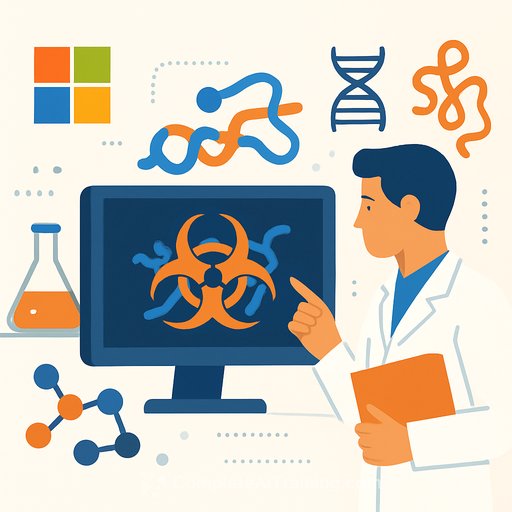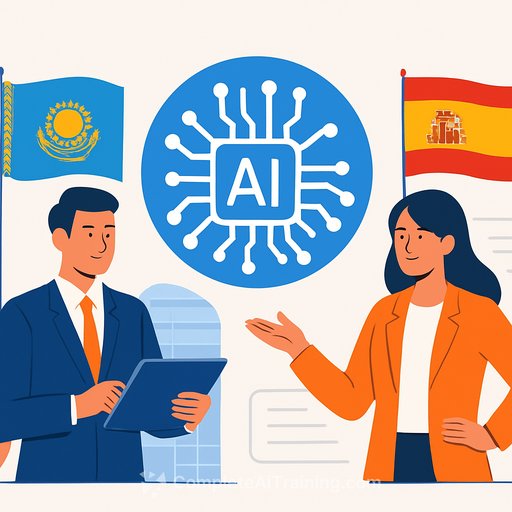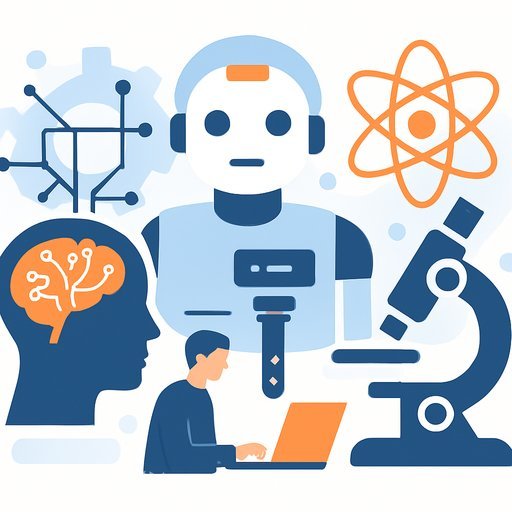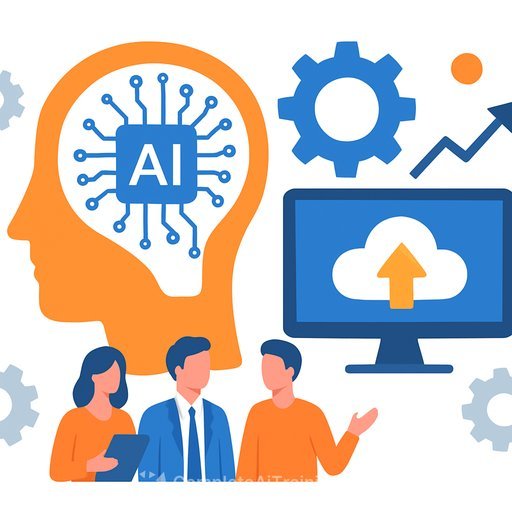AI Biosafety Wake-Up Call: A Protein-Design Guardrail Wasn't As Safe As It Looked
In October 2023, two scientists at Microsoft found a flaw in a protection layer meant to stop misuse of AI systems for designing hazardous proteins. The finding pointed to a broader issue: safeguards that look solid under normal use can fail under targeted pressure.
For research teams building or adopting protein design tools, this is a signal to upgrade security assumptions. A single weak link in input filtering, model configuration, or output gating can collapse the whole control stack.
Why this matters for science and research teams
- Protein design models are getting better at proposing sequences with functional properties. That increases utility-and risk-if safety controls are shallow or siloed.
- Many "safety nets" rely on static rules that can be skirted by phrasing, encoding quirks, or model chaining. Adversarial prompts are a moving target.
- False negatives carry biosecurity risk; false positives block legitimate work. You need both precision and depth in controls.
Common failure modes to expect
- Single-point guardrails: One filter tries to do everything. When it breaks, everything breaks.
- Static blocklists: Easy to sidestep with rewording, token tweaks, or indirect requests.
- Unvetted integrations: Plugins, third-party APIs, or code that bypasses your checks.
- Blind spots in evaluation: Safety only tested on obvious prompts, not adaptive attempts.
- Poor logging and rate limits: You can't detect probing or coordinated queries in time.
What to do now
- Adopt defense-in-depth: Combine input screening, constrained generation, output classification, and human review. Assume any single layer can fail.
- Prefer allow-lists over blocklists where feasible: Narrow the model's operational scope to clearly beneficial classes or tasks.
- Segment environments: Keep generative models, analysis tools, and any wet-lab interfaces separated with strict access controls.
- Institutionalize red teaming: Pair AI safety testers with domain scientists. Test prompt variations, chaining, and indirect asks.
- Continuously evaluate: Build regression suites for safety, not just accuracy. Treat bypasses as software bugs with tracked patches.
- Enforce monitoring: Log prompts and outputs, implement rate limits, and set alerts for suspicious query patterns.
- Data governance: Document training and fine-tuning data sources, remove known hazardous content where applicable, and track provenance.
- Procurement standards: Require vendors to disclose safety controls, evaluation methods, patch cadence, and incident response plans.
Governance and compliance anchors
Map your controls to recognized frameworks so audits are repeatable and improvements are measurable. For AI risk management, see the NIST AI Risk Management Framework here. For life sciences oversight, align work with institutional policies on dual-use research and related review processes.
Incident response for AI-driven bio tools
- Define triggers: What behavior or findings force a shutdown, patch, or model rollback?
- Codify disclosure: Who you notify, how fast, and what evidence you provide when a vulnerability is found.
- Practice drills: Run tabletop exercises with engineering, biosafety, legal, and leadership.
What this means going forward
Treat safety features like software, not a guarantee. They need versioning, testing, and hard deprecations when weaknesses appear. The teams that win will be the ones who combine strong science with disciplined security engineering.
Resources
- NIST AI Risk Management Framework official site
- Upskilling your team on safe and effective AI workflows: Complete AI Training - Courses by Job
Your membership also unlocks:






